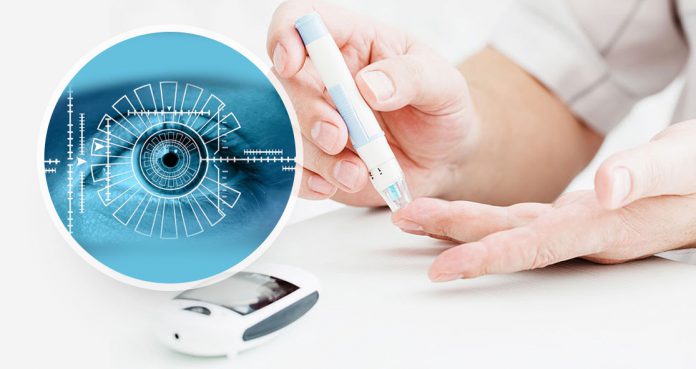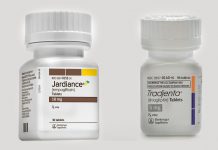According to new research presented at the conference of the European Association for the Study of Diabetes in Barcelona, Spain, a simple eye scan can help predict early signs of prediabetes caused by impaired glucose intolerance (IGT) and type 2 diabetes.
Lead study author Dr. Mitra Tavakoli from the University of Exeter Medical School, United Kingdom, has found that measuring the levels of auto-fluorescence in the eye lenses can help predict who have prediabetes and who will develop type 2 diabetes in future. Prediabetes is a condition that often leads to type 2 diabetes.
Several studies have been able to find that it may take up to 10 years for a person to develop type 2 diabetes after getting diagnosed with prediabetes. Therefore, early detection with timely medical intervention could be helpful.
Researchers developed biomicroscope that could detect ‘advanced glycation end-products,’ or AGEs, in the eyes through a simple scan. It has been found that an increase in AGEs causes many diseases, including retinopathy and neuropathy, which are the common complications associated with diabetes.
The biomicroscope measures the autofluorescence that can help measure the levels of AGEs.
The study involved 20 people with prediabetes, 20 with type 2 diabetes, and 20 healthy individuals. They underwent medical and neurological assessments, including the eye scan that measured lens autofluorescence using the biomicroscope.
The researcher found that people with prediabetes and type 2 diabetes had increased levels of AGEs.
Dr. Tavakoli said, “The results of this preliminary study showed the lens autofluorescence is significantly greater in patients with prediabetes and type 2 diabetes. The level of AGE products was correlated with the levels of blood sugar.”
“Lens autofluorescence could be a robust marker of long-term diabetes control predicting future complication risks. This supports the feasibility of non-invasive lens autofluorescence to screen subjects for undiagnosed type 2 diabetes and prediabetes subjects,” continued Dr. Tavakoli.
She concluded, “Although this is a pilot study, is an exciting emerging new tool for early detection and monitoring the treatment of patients. It could improve the lives of people with type 2 diabetes by reducing complications. However larger and long-term clinical studies are needed to confirm these findings.”





















